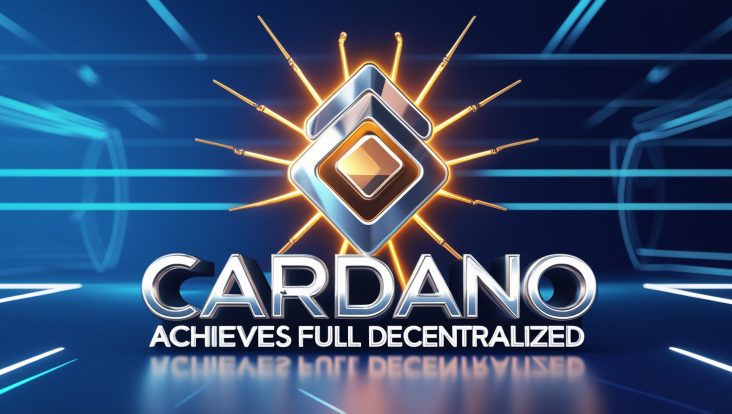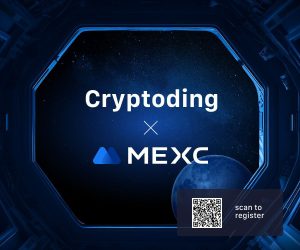What Does the Plomin Hard Fork Do?
1. Decentralized Decision-Making
ADA holders can now vote on key blockchain proposals, such as:
- Protocol upgrades
- Treasury fund allocations
- Network development initiatives
They can either vote directly or delegate their voting power to trusted Delegated Representatives (DReps).
2. Increased Transparency and Security
The governance process is now fully on-chain, ensuring that all votes and decisions are verifiable and tamper-proof.
3. A Model for Future Blockchain Governance
Cardano’s governance system could set a new standard for decentralized decision-making, influencing other blockchain networks.
Impact on the Cardano Ecosystem
- Greater Community Control → Users now determine Cardano’s future direction.
- Innovation Boost → Easier decision-making may encourage new projects and developments.
- Institutional Confidence → A transparent governance model could attract more institutional investors.
What’s Next for Cardano?
With governance now in the hands of ADA holders, the success of this model depends on community engagement and active participation. The coming months will reveal how well this decentralized approach functions in practice.
Cardano’s move to full self-governance positions it as a leader in blockchain decentralization. Could this be the future of crypto governance?






